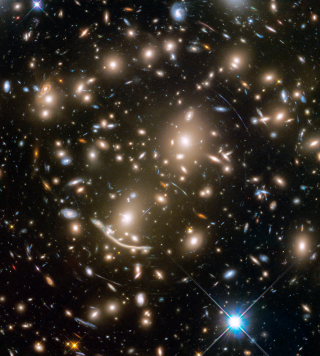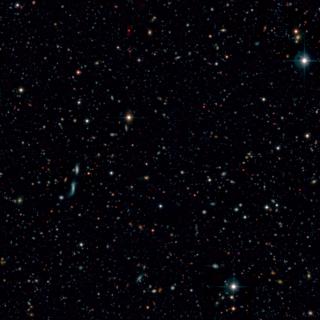Bibcode
Nieves-Seoane, L.; Fernandez-Soto, A.; Arnalte-Mur, P.; Molino, A.; Stefanon, M.; Ferreras, I.; Ascaso, B.; Ballesteros, F. J.; Cristóbal-Hornillos, D.; López-Sanjuán, C.; Hurtado-Gil, Ll.; Márquez, I.; Masegosa, J.; Aguerri, J. A. L.; Alfaro, E.; Aparicio-Villegas, T.; Benítez, N.; Broadhurst, T.; Cabrera-Caño, J.; Castander, F. J.; Cepa, J.; Cerviño, M.; González Delgado, R. M.; Husillos, C.; Infante, L.; Martínez, V. J.; Moles, M.; Olmo, A. del; Perea, J.; Pović, M.; Prada, F.; Quintana, J. M.; Troncoso-Iribarren, P.; Viironen, K.
Bibliographical reference
Monthly Notices of the Royal Astronomical Society, Volume 464, Issue 4, p.4331-4348
Advertised on:
2
2017
Citations
5
Refereed citations
5
Description
The original ALHAMBRA catalogue contained over 400 000 galaxies selected
using a synthetic F814W image, to the magnitude limit AB(F814W) ≈
24.5. Given the photometric redshift depth of the ALHAMBRA multiband
data ( = 0.86) and the approximately I-band selection, there is
a noticeable bias against red objects at moderate redshift. We avoid
this bias by creating a new catalogue selected in the Ks
band. This newly obtained catalogue is certainly shallower in terms of
apparent magnitude, but deeper in terms of redshift, with a significant
population of red objects at z > 1. We select objects using the
Ks band images, which reach an approximate AB magnitude limit
Ks ≈ 22. We generate masks and derive completeness
functions to characterize the sample. We have tested the quality of the
photometry and photometric redshifts using both internal and external
checks. Our final catalogue includes ≈95 000 sources down to
Ks ≈ 22, with a significant tail towards high redshift. We
have checked that there is a large sample of objects with spectral
energy distributions that correspond to that of massive, passively
evolving galaxies at z > 1, reaching as far as z ≈ 2.5. We have
tested the possibility of combining our data with deep infrared
observations at longer wavelengths, particularly Spitzer IRAC data.
Related projects

Galaxy Evolution in Clusters of Galaxies
Galaxies in the universe can be located in different environments, some of them are isolated or in low density regions and they are usually called field galaxies. The others can be located in galaxy associations, going from loose groups to clusters or even superclusters of galaxies. One of the foremost challenges of the modern Astrophysics is to
Jairo
Méndez Abreu

Evolution of Galaxies
Galaxy evolution is a crucial topic in modern extragalactic astrophysics, linking cosmology to the Local Universe. Their study requires collecting statistically significant samples of galaxies of different luminosities at different distances. It implies the ability to observe faint objects using different techniques, and at different wavelengths
Jorge
Cepa Nogue